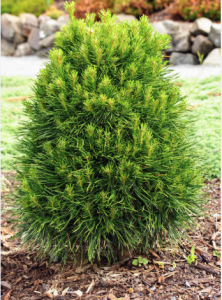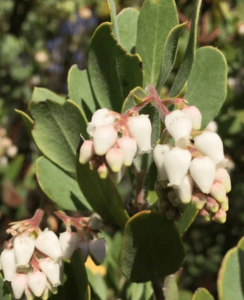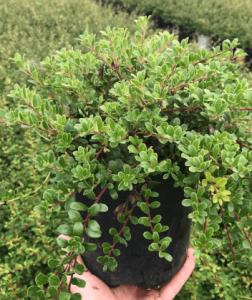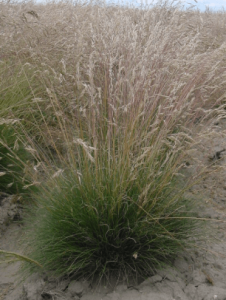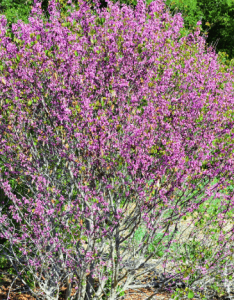5 Native Southern Oregon Plants to Incorporate Into Your Xeriscaping Project
If you’re considering converting your lawn into a water-wise landscape, choosing the right plants is one of the most important steps. In Southern Oregon, where hot, dry summers make traditional lawns difficult to maintain, xeriscaping offers a sustainable solution that conserves water while creating a beautiful, low-maintenance yard.
The key? Incorporating native plants. These species are naturally adapted to our climate and soil, requiring far less water and care than non-native alternatives. Here are five native plants that thrive in Southern Oregon and can transform your xeriscaping project into a stunning, eco-friendly space.
1. Dwarf Scotch Pine (Pinus sylvestris ‘Nana’)
This compact evergreen brings a rugged, classic look to xeriscapes while requiring very little maintenance. Its dense, rounded form and stiff blue-green needles provide year-round structure and color. Slow-growing and hardy, the dwarf scotch pine is well-suited for Oregon’s climate and thrives in poor or sandy soils.
- Water Needs: Low once established.
- Best Use: Rock gardens, borders, foundation plantings, or as a specimen tree in small landscapes.
- Bonus: Naturally resistant to drought and wind, offering reliable texture and greenery through all seasons.
2. Manzanita (Arctostaphylos spp.)
Manzanita is one of the most iconic native plants of the Pacific Northwest. Known for its striking red bark and sculptural branches, this shrub makes a dramatic addition to xeriscape designs. In late winter, clusters of pink or white flowers provide vital nectar for early pollinators.
- Water Needs: Extremely drought tolerant.
- Best Use: Focal points or naturalistic groupings.
- Bonus: Long lifespan and excellent erosion control on slopes.
3. Kinnikinnick (Arctostaphylos uva-ursi)
If you’re looking for a groundcover to replace turfgrass, kinnikinnick is a fantastic option. This low-growing, evergreen plant spreads slowly across the ground, creating a lush carpet that suppresses weeds. Small pink flowers in spring are followed by red berries loved by birds.
- Water Needs: Low, thrives in dry conditions.
- Best Use: Slopes, rock gardens, or lawn replacement areas.
- Bonus: Provides erosion control and year-round greenery.
4. Idaho Fescue (Festuca idahoensis)
This native bunchgrass is a staple in xeriscaping across the West. Its fine-textured, blue-green clumps add texture and movement to your garden, while being extremely resilient to heat and drought.
- Water Needs: Very low once established.
- Best Use: Mass plantings, meadow-style landscapes, or accents in rock gardens.
- Bonus: Supports beneficial insects and requires almost no maintenance.
5. Western Redbud (Cercis occidentalis)
For a splash of color, few plants rival the Western redbud. This small ornamental tree bursts with magenta blossoms in spring before its rounded green leaves fill out. In fall, those leaves turn brilliant yellow, giving you year-round beauty with minimal care.
- Water Needs: Low once established.
- Best Use: Small shade tree, patio accent, or specimen planting.
Bonus: Pollinator-friendly and stunning seasonal interest.
Final Thoughts
By choosing native plants, you’re not just creating a beautiful, low-maintenance yard — you’re also supporting Southern Oregon’s ecosystems, conserving water, and reducing your reliance on fertilizers and pesticides.
If you’re ready to replace your lawn with a sustainable, native xeriscape, Hawthorne Landscaping NW can help. Our team specializes in lawn conversions, native planting, and water-wise design tailored to Southern Oregon’s unique climate.
Contact us today to schedule a consultation and start your journey toward a greener, more sustainable landscape.

